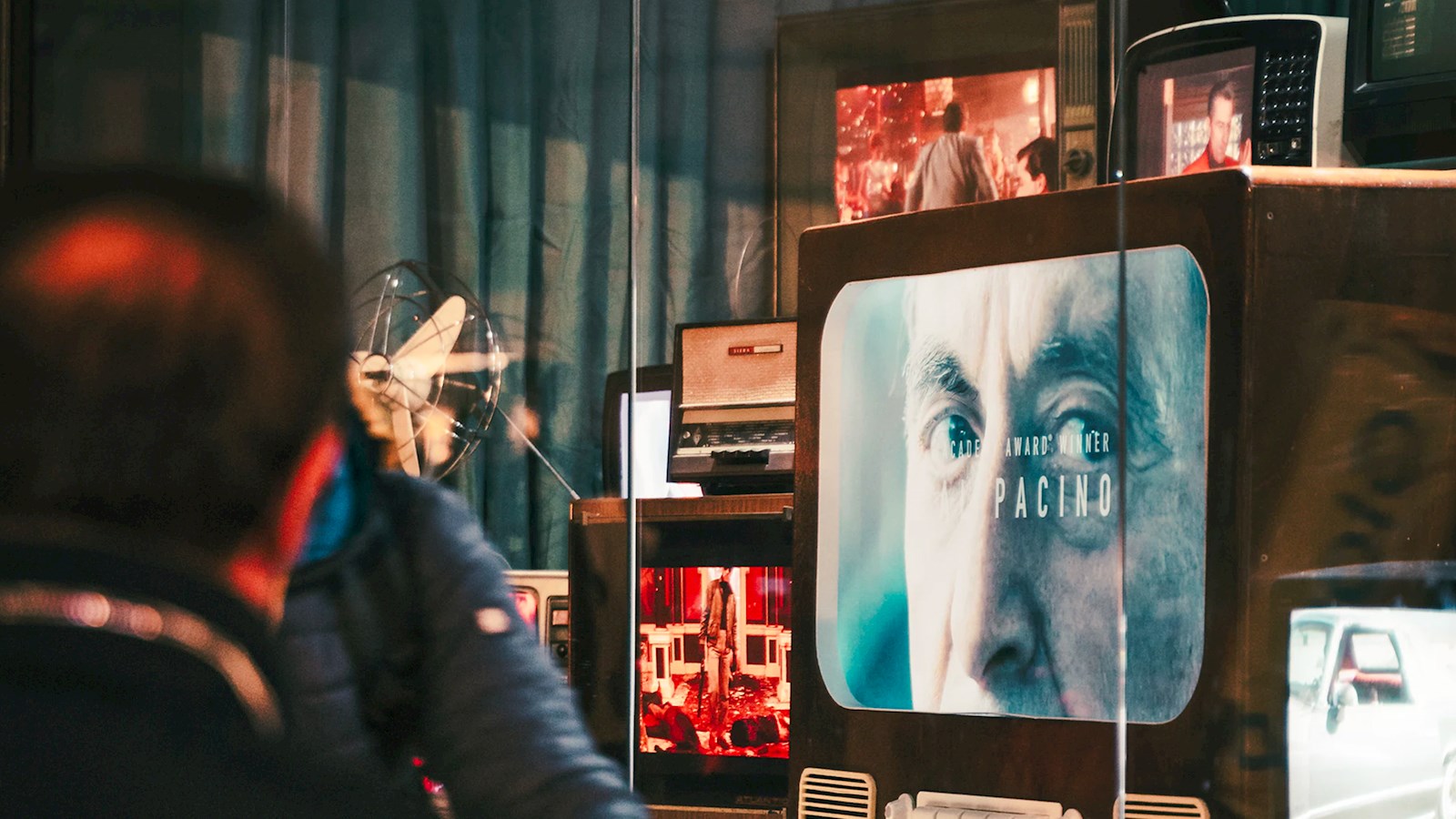
Streaming wars
The battle of the platforms heats up
Last year we predicted that the big screen would make a comeback, and we were right: our TV and Audience Measurement data from various European countries confirms that audiences are turning to the TV set for their online TV viewing. In Norway, consumption of online video content on the big screen increased by 25% in June-September 2019, compared with the previous year. This is supported by increased market penetration for Connected TVs.
Subscription Video on Demand (SVOD) has had a strong year for global players including Amazon Prime Video, Netflix, Hulu, and myriad local providers like iQiyi in China and hotstar in India. There’s now even fiercer competition, with major media owners including Disney and HBO Max getting into the action, in addition to Apple TV+ and WarnerMedia.
Local TV players are also combining forces to develop subscription services, like the recently launched BritBox, a joint venture of BBC Studios and ITV.
This increased competition may seem healthy, but will we see subscription fatigue leading to industry consolidation? Our TGI Global Quick View data shows that 44% of connected consumers in Great Britain who pay for an online streaming service have at least two subscriptions, 18% pay for at least three, and 7% pay for four or more. This suggests that the market could prove difficult for new subscription-based streaming services, as consumer attention – and wallets – only stretch so far. Meanwhile, Netflix is trialling faster playback speeds, which is one way to get people to watch more content.
We predict that the future of TV in 2020 and beyond will be the continued convergence of TV, including online streaming and video, with high-quality content at its heart. Consumers will continue to use advertiser-funded and subscription-based services, but the ever-increasing amount of available content and platforms will lead to a paradox of choice; more is not always better.
Overwhelmed consumers will become more discerning and focus their time on services with algorithms that provide the greatest enjoyment. Among subscription-funded services, the winners will be those with the highest-quality original content and greatest understanding of different audiences.
Broadcasters will retain relevance to viewers and advertisers through appropriate use of data, emulating the strategy of global hits such as ITV’s Love Island in the UK.
The show used analysis of viewing behaviour and engagement trends to steer the show editorially, creating maximum value and helping advertisers and sponsors reap the benefits. The resulting changes made to their programme strategy continue across the globe.
What does this mean for media measurement and for brand advertisers?
With new types of content come new measurement challenges. There will be strategic opportunities for advertisers such as product placement, branded integrations and co-promotions. But the rise of ad-free subscription platforms will also mean restricted opportunities for advertising. Meanwhile, TV content providers of all types will need to pay even closer attention to their customers’ demands and interests, to keep them engaged.
published on
13 January 2020
Category
More in Technology & data

How to build your brand in-game
A new research report from WPP and SuperAwesome

WPP puts itself at the heart of collaborative 3D worlds
Pixar's 3D animation file format – USD – is the invisible building block of our digital 3D future.

A clarion call for AI, accessibility & advertising
Innovating at the intersection of AI, accessibility, and advertising

